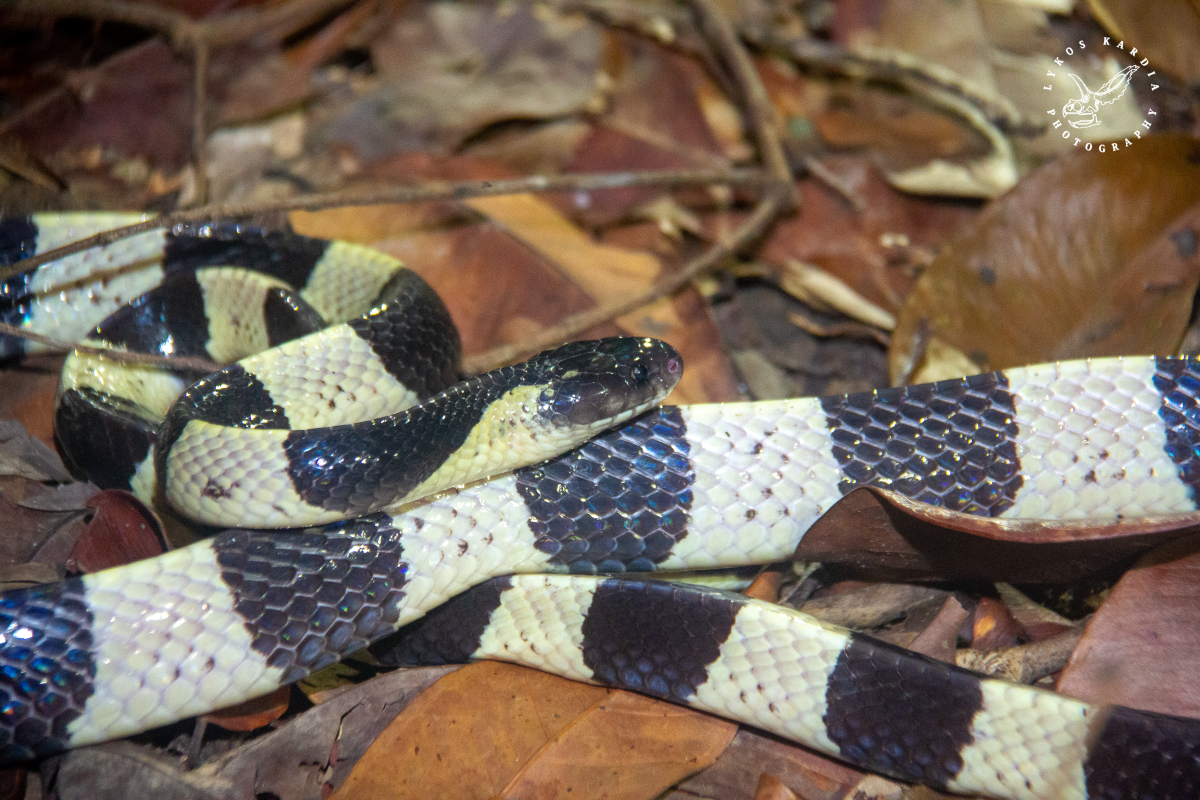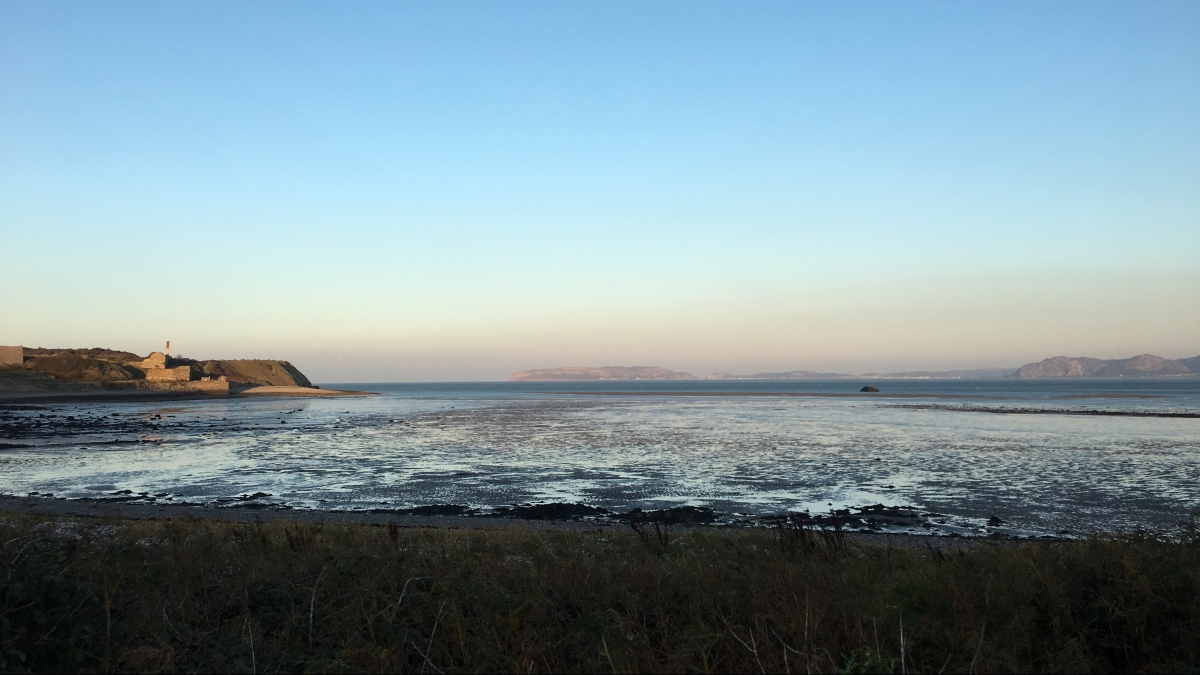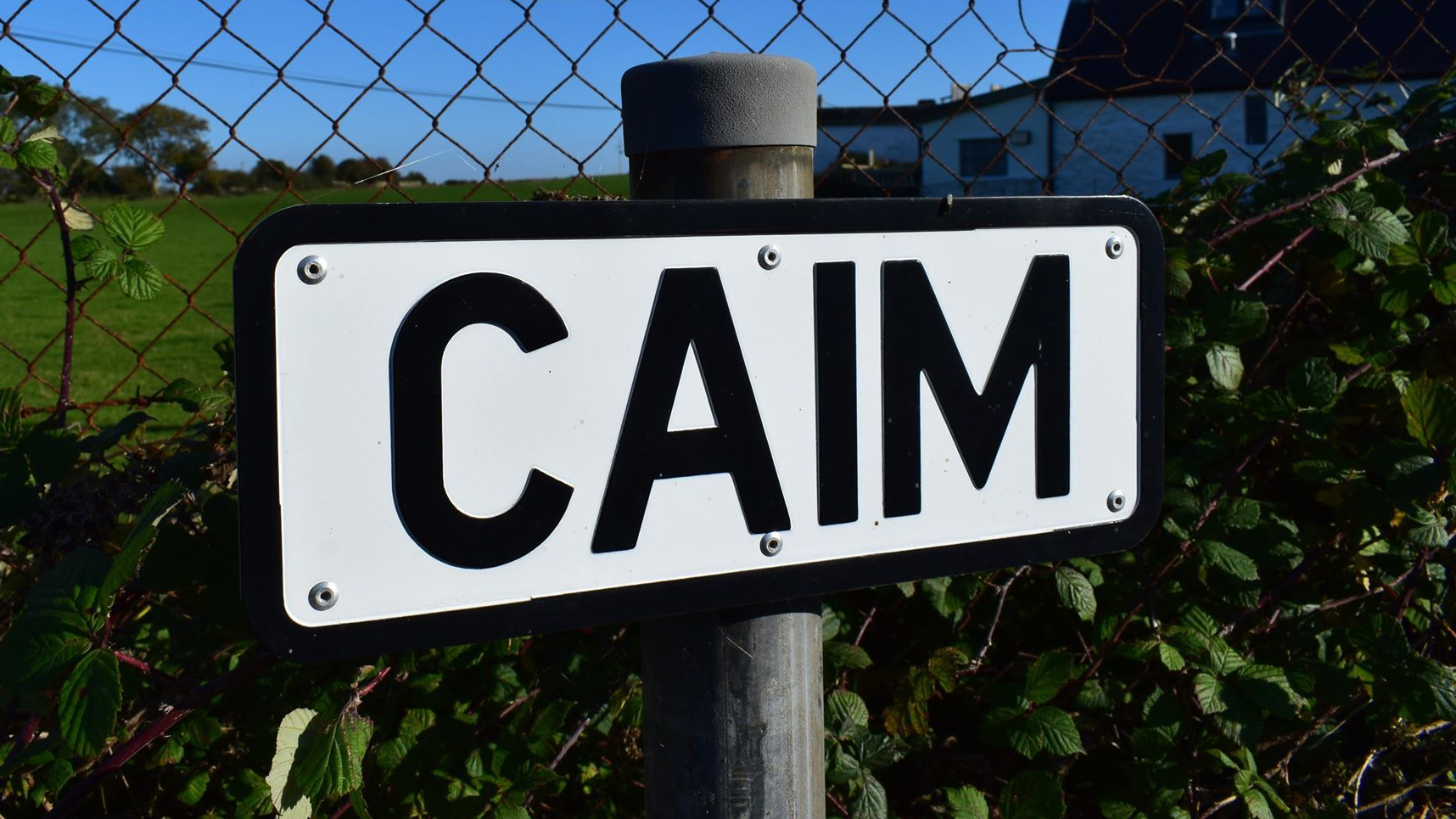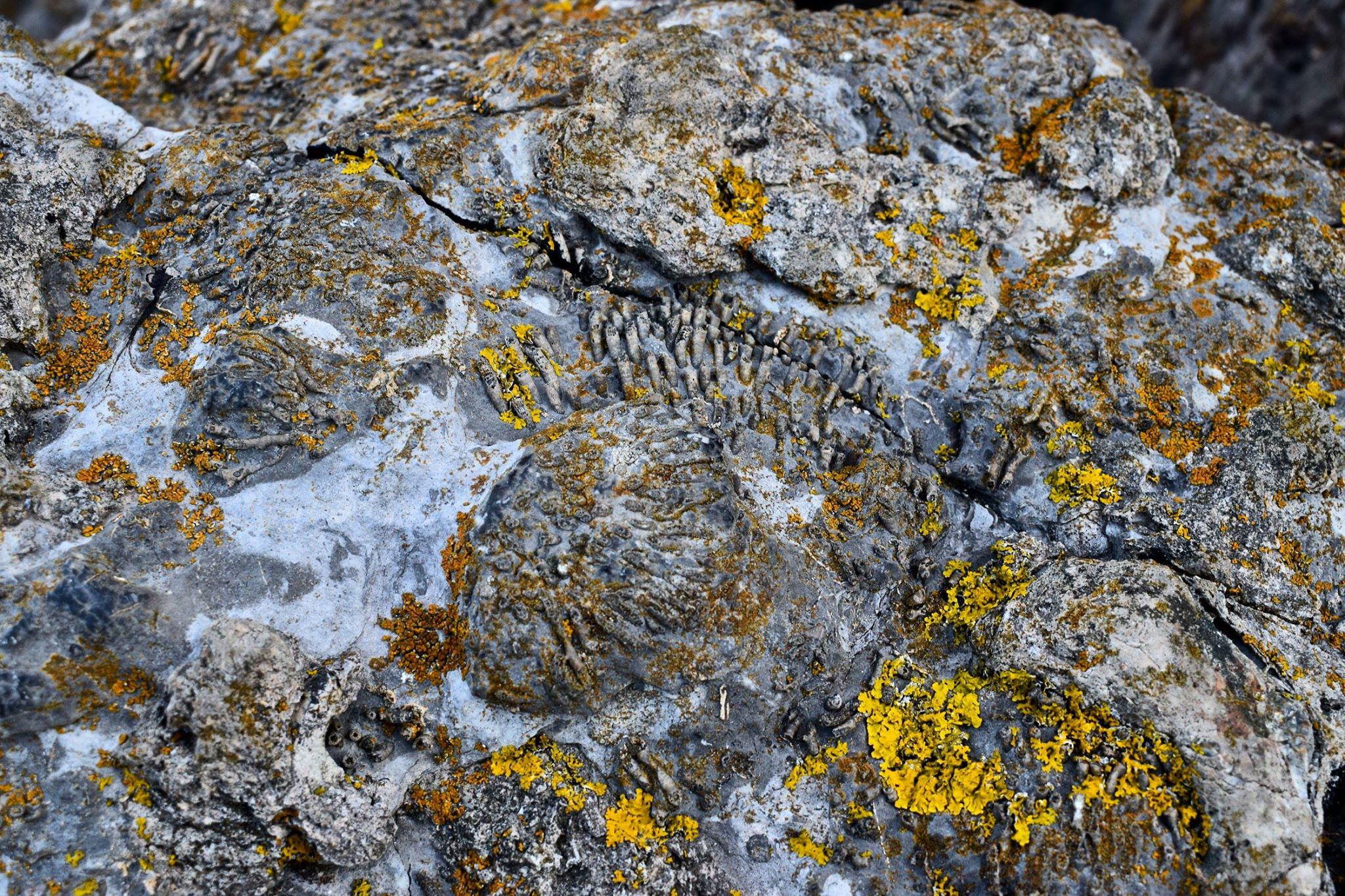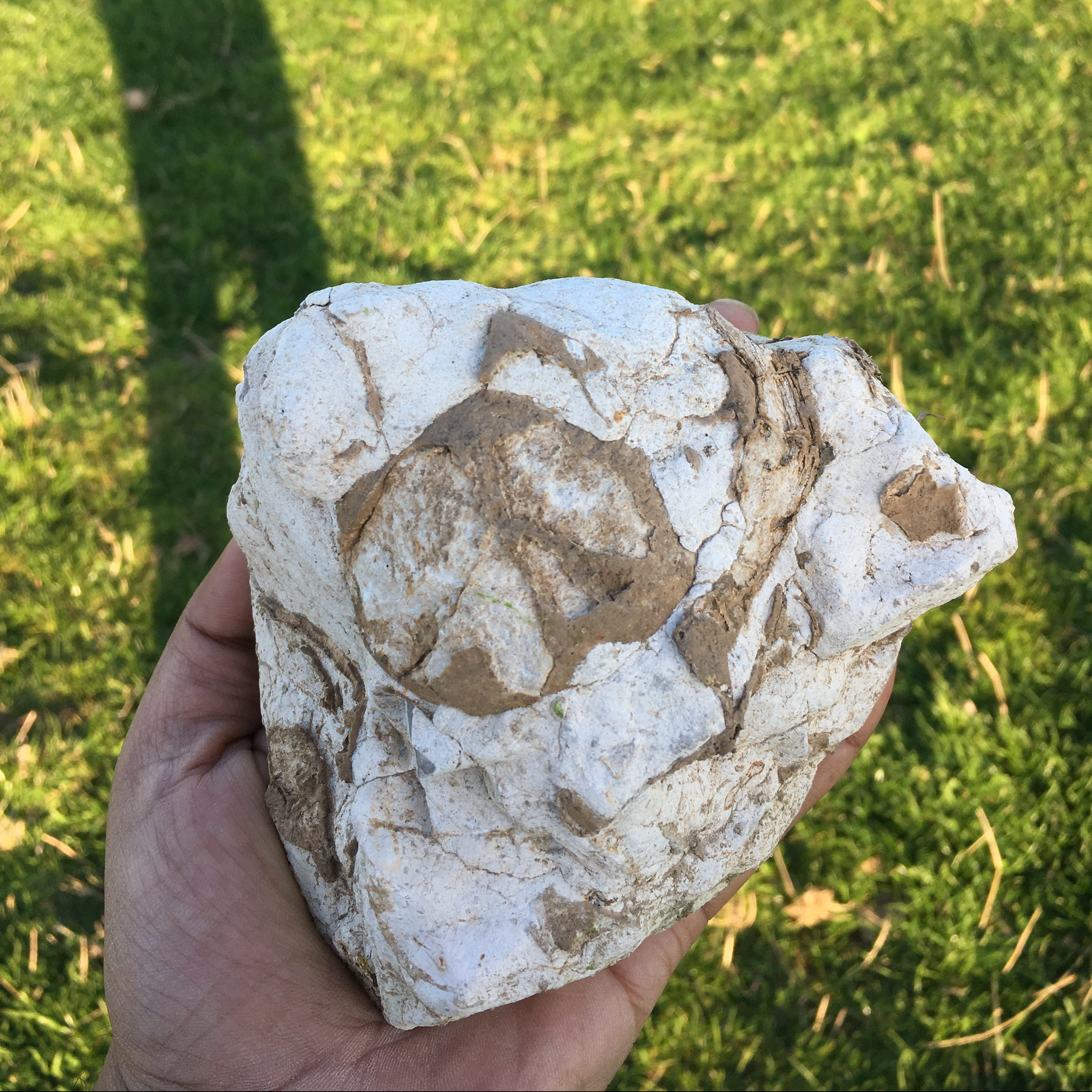Last week, I had the most wonderful experience of doing a night hike on one of Singapore’s offshore islands. The many islands surrounding mainland Singapore are famed for their rich biodiversity on terrestrial and aquatic fronts, and visits have always been highly rewarding.
And this night walk did not disappoint at all. Our little team was on the lookout And this night walk did not disappoint at all. Our small team was on the lookout for the rare and highly venomous Banded Krait (Bungarus fasciatus), a distinctly coloured member of the elapid family, containing cobras, coral snakes, and sea snakes. And like the latter, the banded krait in Singapore favours coastal and other aquatic habitats. Thus, we had to coincide our visits with ever-shifting tides.
Armed with torches, snacks, definitely not enough water, the whole trip lasted us about 6 hours and yielded so many amazing animals, many of them lifers. I had the opportunity to see my first ever white-spotted slug snake (Pareas margaritophorus). As the name suggests, this small snake specialises in feeding on slugs and snails, the latter of which it expertly removes from their shells.
This species, interestingly enough, is a non-native lifer and is thought to have been accidentally introduced to Singapore via the horticulture trade over two decades ago. The small island-state plays home to many such non-native and invasive species that have wound up here either as stowaways or been deliberate releases from the pet trades, both legal and illegal.
While the rest of the night did not bring up any more non-native species, we had a pretty spectacular showdown of native herptiles and invertebrates, including a gorgeous leaf insect, which I think might be a Gray’s Leaf Insect (Phyllium bioculatum) and a giant forest scorpion (Heterometrus sp.).
And finally, towards the end of our walk, our target species was spotted by someone, as the call (and messages) of “Krait!” went up. Boldly marked with black and white bands, the krait stood out from the browns and yellows of the leaf litter and was quite a pretty sight to behold. Elsewhere in the world, banded kraits are typically yellow and black. In fact, according to Daniel (2002), the genus name ‘Bungarus‘ could have been derived from ‘bangara’ in Kannada or ‘bangarum’ in Telugu, both words meaning “gold”, referring to the yellowish-gold bands around its body.

Like its king cobra and coral snake relatives, the banded krait feeds predominantly on other snakes. While we did not observe any snake-eating behaviours with this krait, it was simply happy to give us a few poses before moving on with its krait-y business.
It was a great find and a greater night overall, and aching legs and the 22000-steps clocked were definitely worth it! Now, it is time to plan a future walk and keep my eyes peeled for the longest and most regal venomous snake in the world, and local native, the King Cobra!





